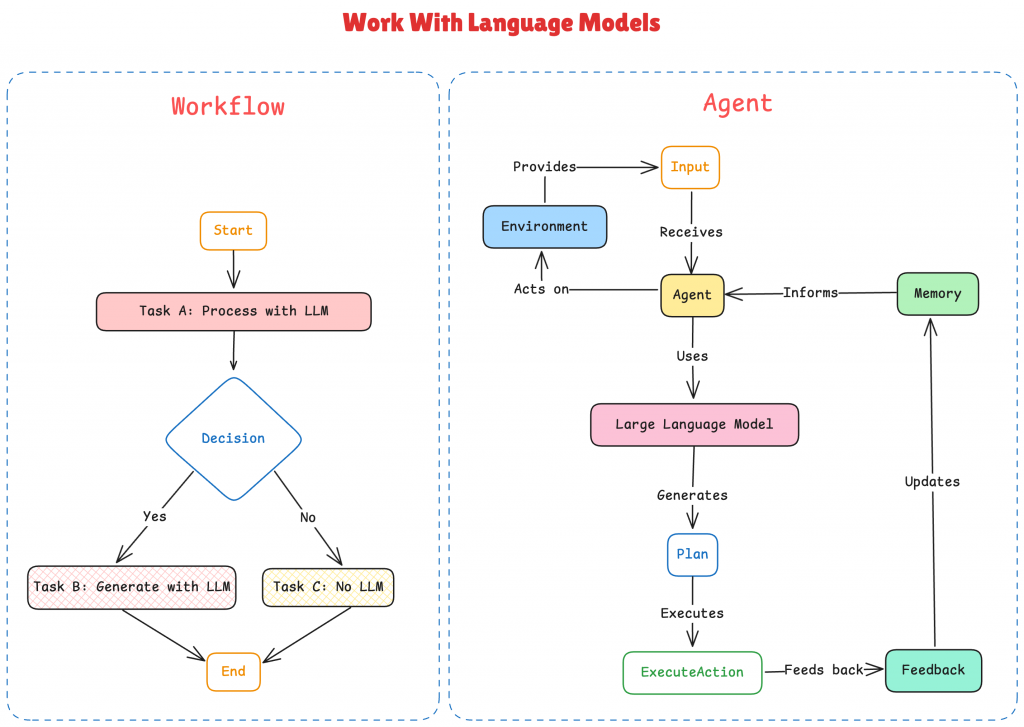AI Agents vs. workflows: Understanding the difference
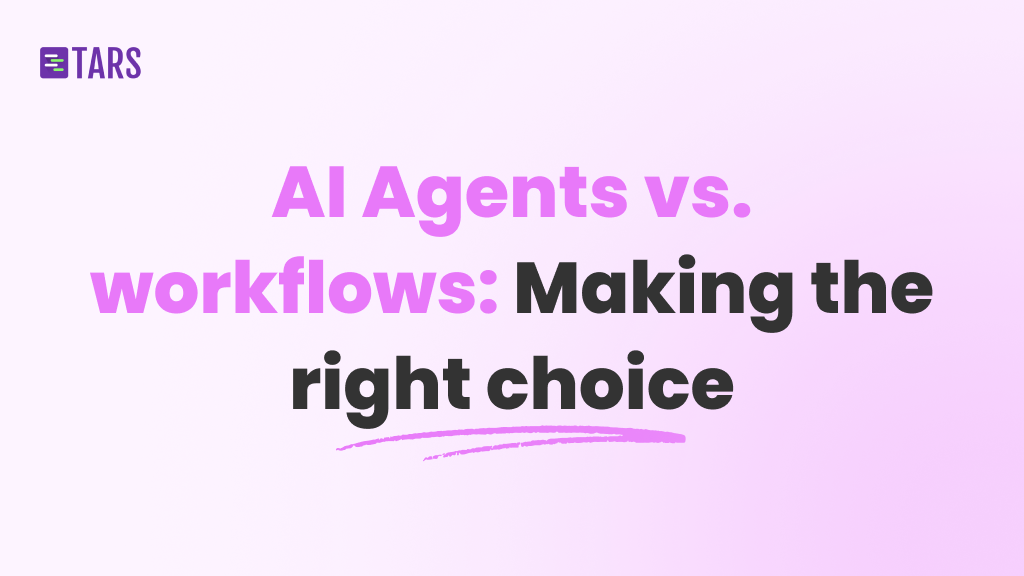
In recent times, the distinction between AI Agents and workflow automation has been a topic of debate.
While both approaches can automate tasks and improve productivity, they serve different purposes and excel in different scenarios. Understanding when to use each approach can mean the difference between a maintainable system and a solution that fails to meet business needs.
Let’s try to break it down and understand the difference between these concepts.
What are AI Agents?
AI Agents are systems where language models control their own processes and decide which tools to use. Think of an Agent as someone who can adapt to new situations, think through problems, and choose their way to reach goals. Certain key features of an AI Agent are:
- Smart decision-making: Agents can handle unexpected situations without needing manual fixes.
- Independence: They work with little human help, making decisions based on what’s happening.
- Flexibility: They can learn from interactions and change their approach.
- Tool selection: They can pick and use the right tools for each situation.
What are workflows?
Workflows are systems where language models and tools follow set paths that you define ahead of time. Workflows follow a clear, step-by-step process where each stage has a specific job and rules. Certain key features of workflow automation are:
- Consistency: Each step follows set business rules with the same results every time.
- Clarity: Easy to check, fix, and understand how decisions get made.
- Speed: Built for repetitive tasks without wasting computer power.
- Control: Every action follows specific business rules and requirements.
Which is the right way to go: AI Agents vs. workflows
Workflows are structured systems where LLMs and tools follow fixed sequences defined in advance by code. Agents, in contrast, are more flexible systems where LLMs make real-time decisions about what actions to take and which tools to use, steering their own process to achieve a goal.
Instead of thinking about Agents and workflows as either/or choices, it helps to see them as different levels of automation:
Simple workflows
Prompt chaining breaks a task into steps, where each language model call works on the output from the previous one. This works well when you can split tasks into clear subtasks, trading speed for better accuracy.
Example use case: Document processing pipeline where you extract data, validate it, format it, and generate a report. Each step is predictable and can be optimized independently.
Medium workflows
More advanced workflows can include routing (sending inputs to specialized tasks) and parallelization (handling multiple subtasks at once). Routing works well for complex tasks that fall into different categories, each requiring distinct handling.
Example use case: Customer support ticket classification that routes technical issues to one workflow, billing questions to another, and escalates complex cases to human Agents.
Agentic workflows (the hybrid approach)
Agentic workflows are AI-driven processes where autonomous AI Agents make decisions, take actions, and coordinate tasks with minimal human intervention. These represent the middle ground, structured enough to be predictable, flexible enough to handle variations.
Example use case: Content creation workflow where an Agent researches topics, generates outlines, writes drafts, and revises based on feedback, but follows guardrails for brand voice and compliance.
Independent systems with AI Agents
True Agents work in loops, making decisions based on feedback from their environment and controlling their own execution. They work best for open-ended problems where you can’t predict how many steps you’ll need.
Example use case: Software debugging Agent that analyzes code, runs tests, identifies issues, searches documentation, implements fixes, and validates solutions, all autonomously.
When deciding between AI Agents vs. workflows, it comes down to what kind of work you need to do. AI Agents work best when things are unpredictable and varied. They’re also great for complicated tasks that have many steps, such as writing code that affects multiple files, investigating complex issues, or planning projects with lots of moving parts. Agents are especially useful when you need to handle many different situations without having someone constantly step in to help or update the system.
Workflows are better for tasks that follow the same pattern every time, like processing data, creating reports for regulations, checking quality, or following standard procedures. Workflows are also better when you need to see exactly what happened and why, since they follow set steps and make sure everything is done according to your business rules.
To condense it, the decision between Agents and workflows comes down to your specific needs:
- Workflows offer predictability; Agents offer adaptability
- Simple, repetitive tasks favor workflows; complex, variable tasks favor Agents.
- Workflows need rule updates; Agents need monitoring and safety measures.
- Agents scale across different scenarios; workflows scale within defined limits.
The present and future
There is a massive controversy around the use of the term “Agent.” However, we are seeing hybrid systems that combine the reliability of workflows for critical paths with the flexibility of Agents for handling exceptions and new situations.
At Tars, we are helping people build Agentic workflows through Conversational AI. With tooling capabilities, configuration options, an easy no-code building approach, and knowledge ingestion, we aim to help people automate their workflows. However, we are working in a direction where AI Agents can function autonomously. Not just that, but building a product that allows users to build multi-Agent systems all without coding.
Conclusion
The debate of AI Agents vs. workflows isn’t just technical. It’s strategic and affects your system’s maintainability, scalability, and user experience. Start with simple prompts, improve them with thorough evaluation, and add multi-step Agent systems only when simpler solutions don’t work.
The most successful implementations often combine both approaches, using workflows for predictable, critical processes and Agents for complex, variable tasks.
Remember: the best AI system is the one that solves your problem effectively while staying simple enough to understand, maintain, and improve over time. Whether that’s an Agent, a workflow, or a thoughtful combination of both depends entirely on your unique needs.
A writer trying to make AI easy to understand.
- What are AI Agents?
- What are workflows?
- Which is the right way to go: AI Agents vs. workflows
- Simple workflows
- Medium workflows
- Agentic workflows (the hybrid approach)
- Independent systems with AI Agents
- The present and future
- Conclusion


Build innovative AI Agents that deliver results
Get started for freeRecommended Reading: Check Out Our Favorite Blog Posts!
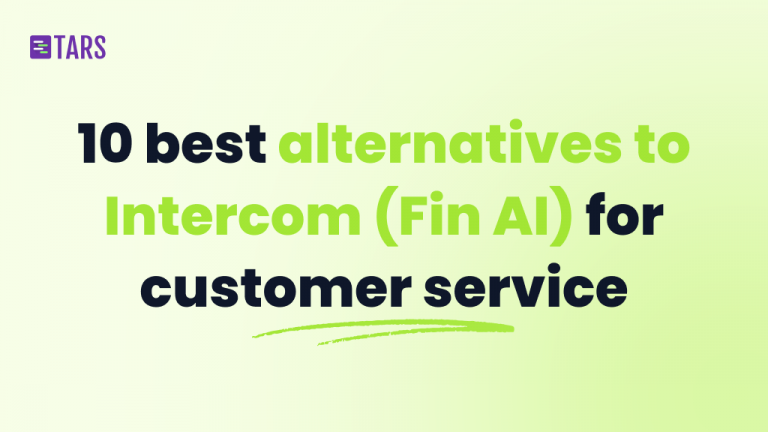
10 best alternatives to Intercom (Fin AI) for AI-powered customer service [2025]
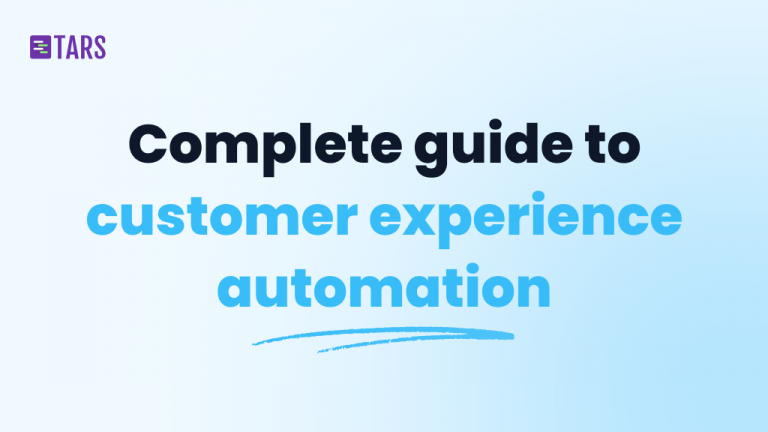
Customer experience automation: The complete guide to CXA in 2025
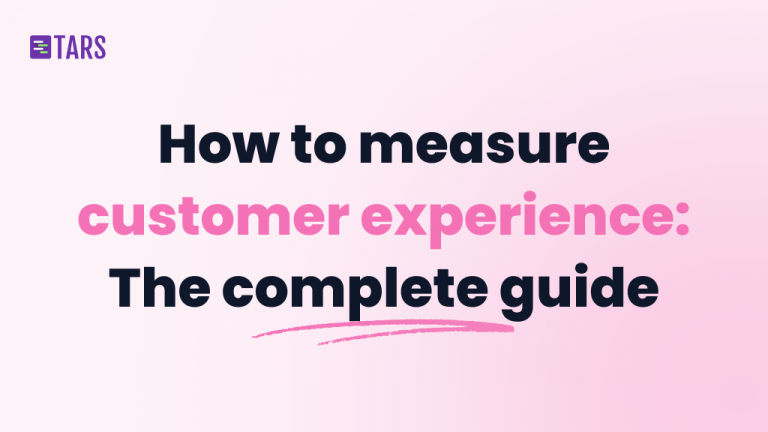
How to measure customer experience: The complete guide for AI-powered support and growth

Our journey in a few numbers
With Tars you can build Conversational AI Agents that truly understand your needs and create intelligent conversations.
years in the conversational AI space
global brands have worked with us
customer conversations automated
countries with deployed AI Agents

